Stretching is a cornerstone of fitness and recovery, yet confusion persists about which type works best—and when. Should you hold a hamstring stretch for 30 seconds before your run? Or should you be moving through lunges and leg swings instead? The answer lies in understanding the difference between static and dynamic stretching, and how each supports your body at different times.
Static stretching involves holding a stretch in a fixed position for a sustained period—typically 15 to 60 seconds. Think of touching your toes and holding the pose to stretch your hamstrings. This method is most effective after exercise, during cool-downs, when muscles are warm and pliable.
Research shows static stretching improves flexibility over time and helps reduce muscle stiffness. A 2018 review found it particularly effective for long-term flexibility gains, making it ideal for enhancing range of motion and aiding post-workout recovery.
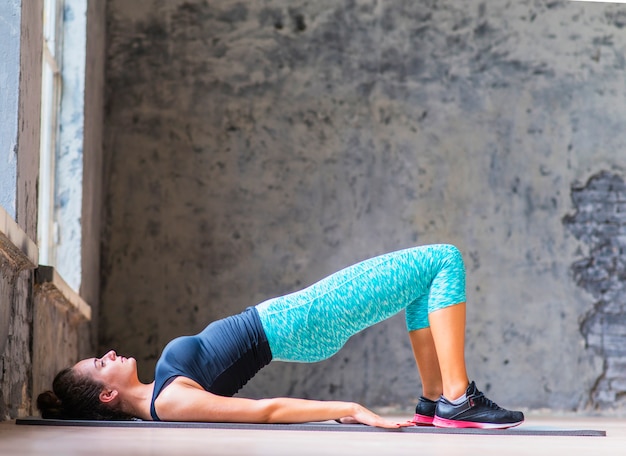
Dynamic stretching involves moving parts of your body through a full range of motion in a controlled way. Examples include leg swings, arm circles, and walking lunges. Unlike static stretching, it doesn’t involve holding a position.
Dynamic stretching is best used before physical activity. It increases blood flow, warms up muscles, and primes the nervous system for movement. Studies show it doesn’t impair performance like static stretching can when done pre-exercise—making it the superior choice for warm-ups.
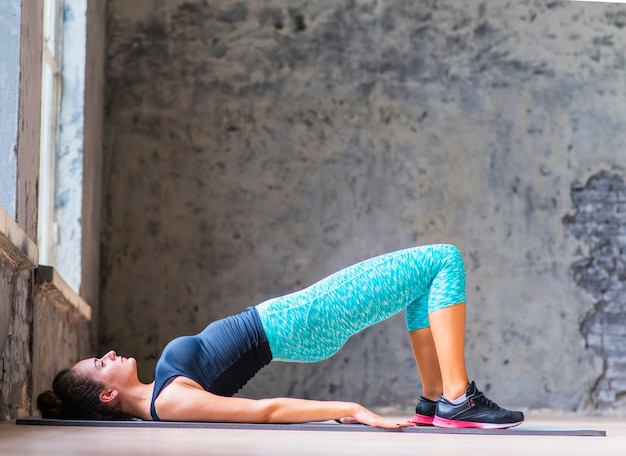
When it comes to recovery, static stretching generally takes the lead. After a workout, muscles are fatigued and may have developed micro-tightness. Holding static stretches helps relax muscle fibers, improve circulation, and reduce soreness.
A 2021 study highlighted that post-exercise static stretching can reduce delayed onset muscle soreness (DOMS) and support faster recovery. Active stretching—where you use opposing muscles to hold a stretch—also shows promise in recovery routines by gently engaging muscles without strain.
| Time of Day | Recommended Type | Why? |
|---|---|---|
| Before Workout | Dynamic | Prepares muscles, enhances performance |
| After Workout | Static | Reduces soreness, improves flexibility |
| Morning Routine | Dynamic or Light Static | Wakes up body, reduces stiffness |
| Before Bed | Static | Promotes relaxation and recovery |
While static and dynamic stretching are most common, other methods like PNF (proprioceptive neuromuscular facilitation) can offer rapid flexibility gains. However, these often require a partner or professional guidance. For most people, a consistent routine of static and dynamic stretches is sufficient for long-term mobility and recovery.
The best stretching routine is one you stick to. Incorporate dynamic stretches before movement and static stretches after. Even just 5–10 minutes daily can improve mobility, reduce injury risk, and enhance recovery—especially as you age.
Listen to your body, stay consistent, and let science guide your choices. Whether you're a runner, lifter, or just looking to move better, the right stretch at the right time makes all the difference.

Fitness

Fitness

Fitness

Fitness
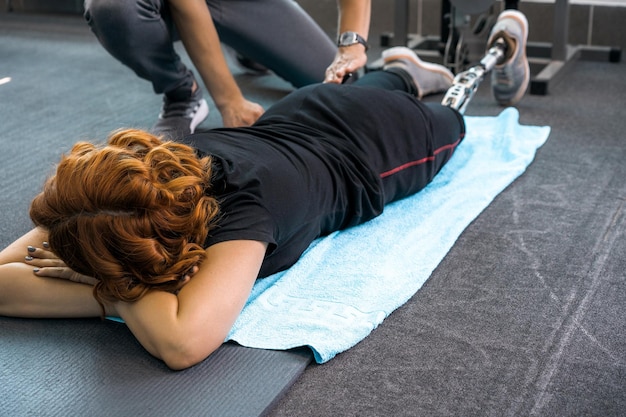
Fitness

Fitness

Fitness
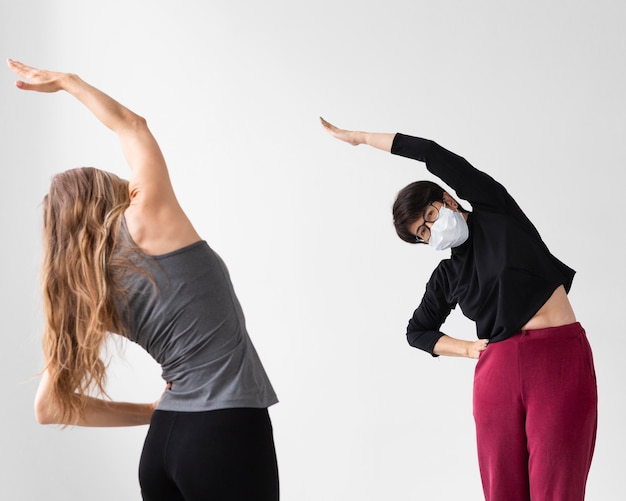
Fitness
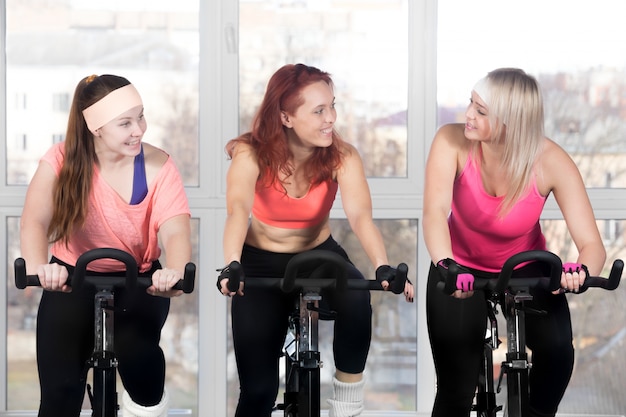
Fitness

Health
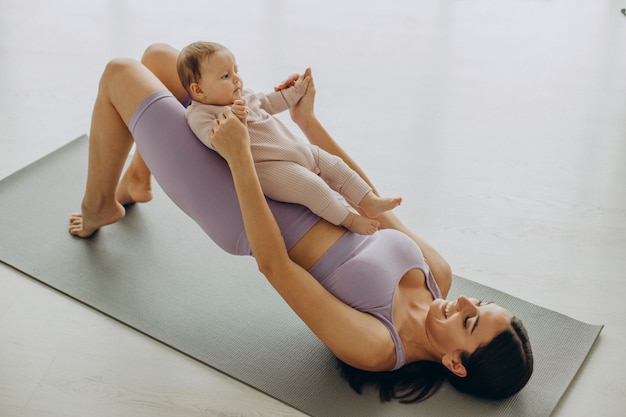
Wellness
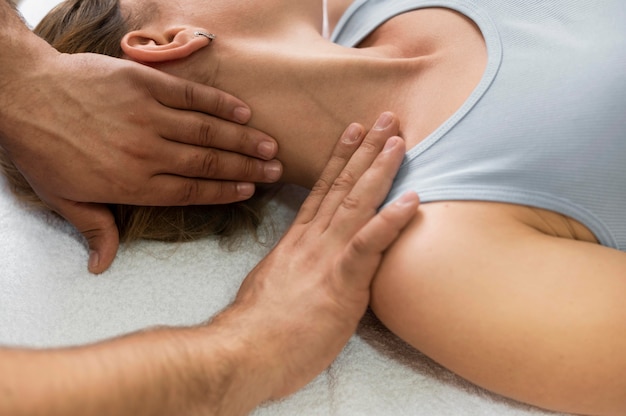
Wellness

Health

Fitness

Health

Health